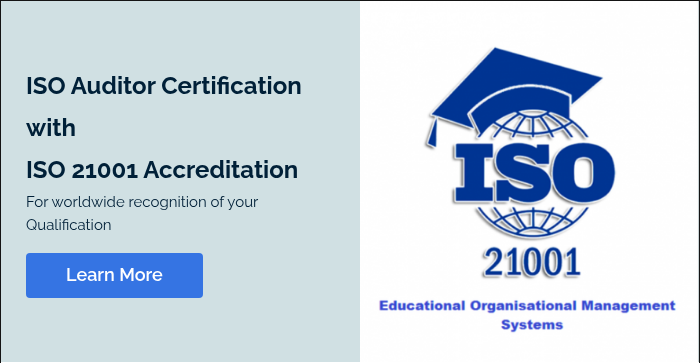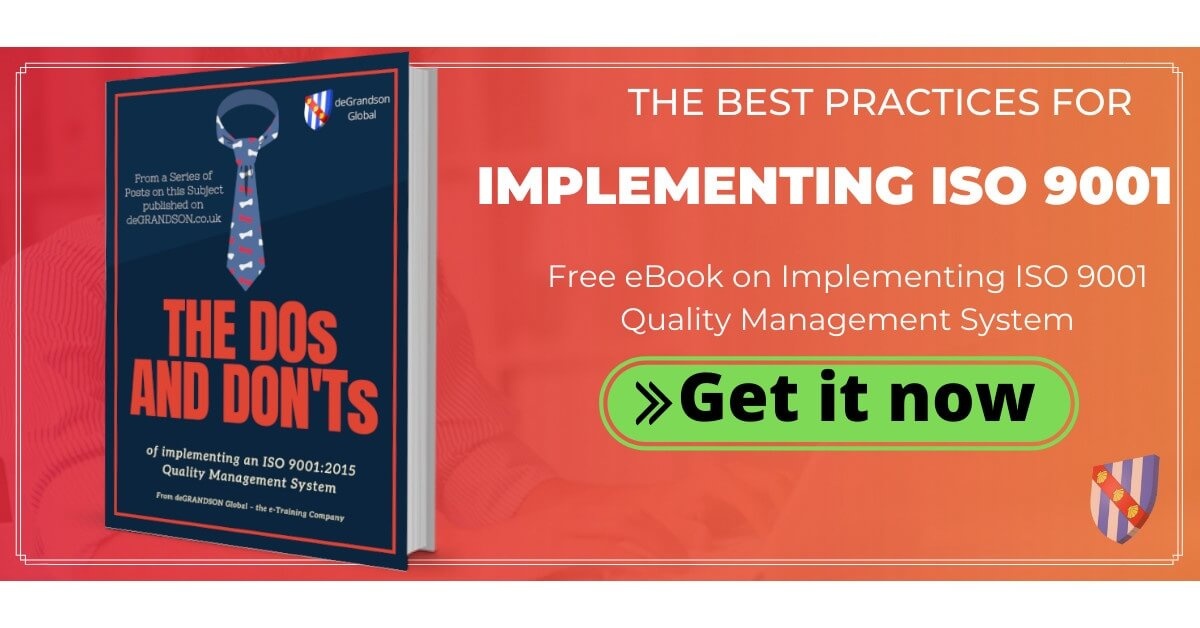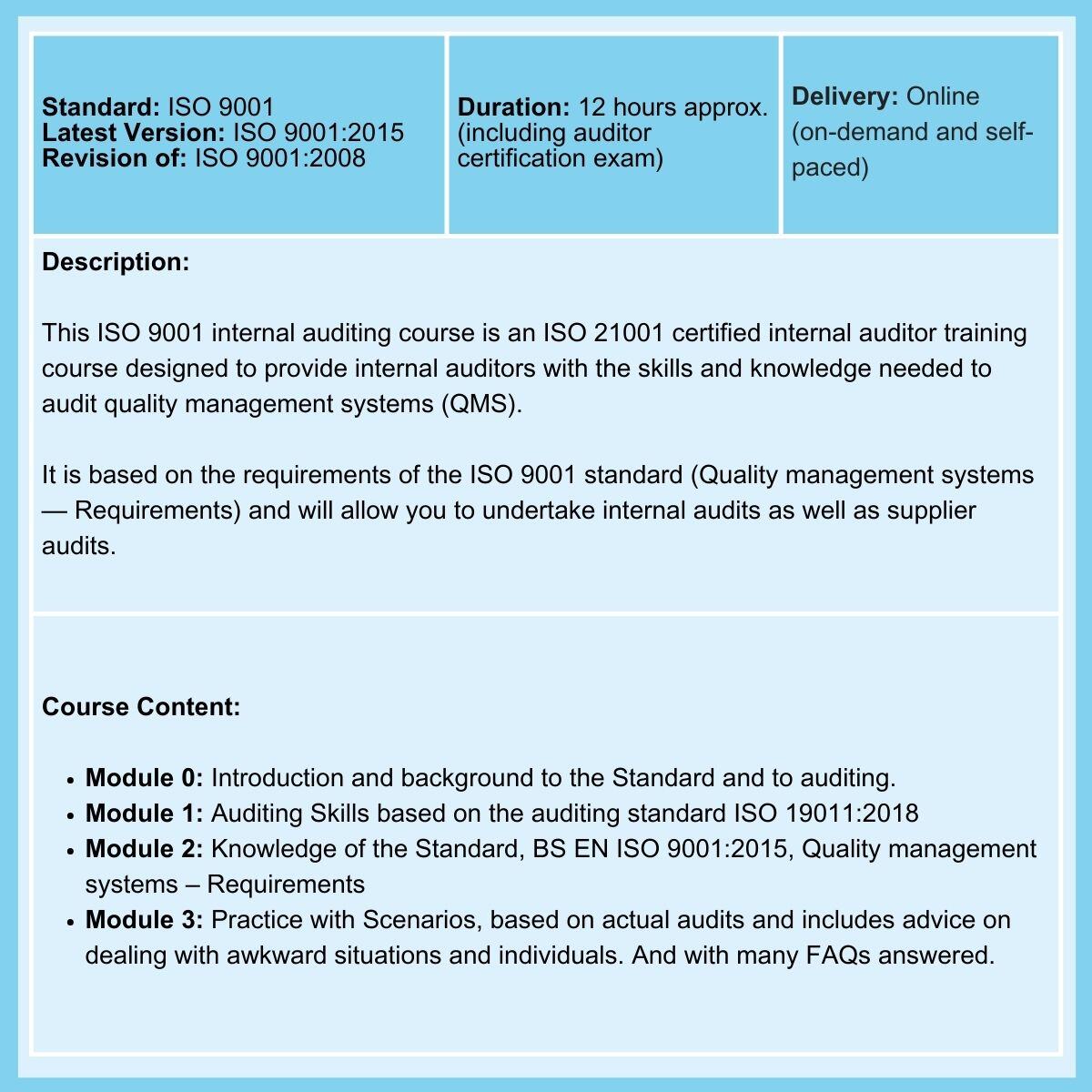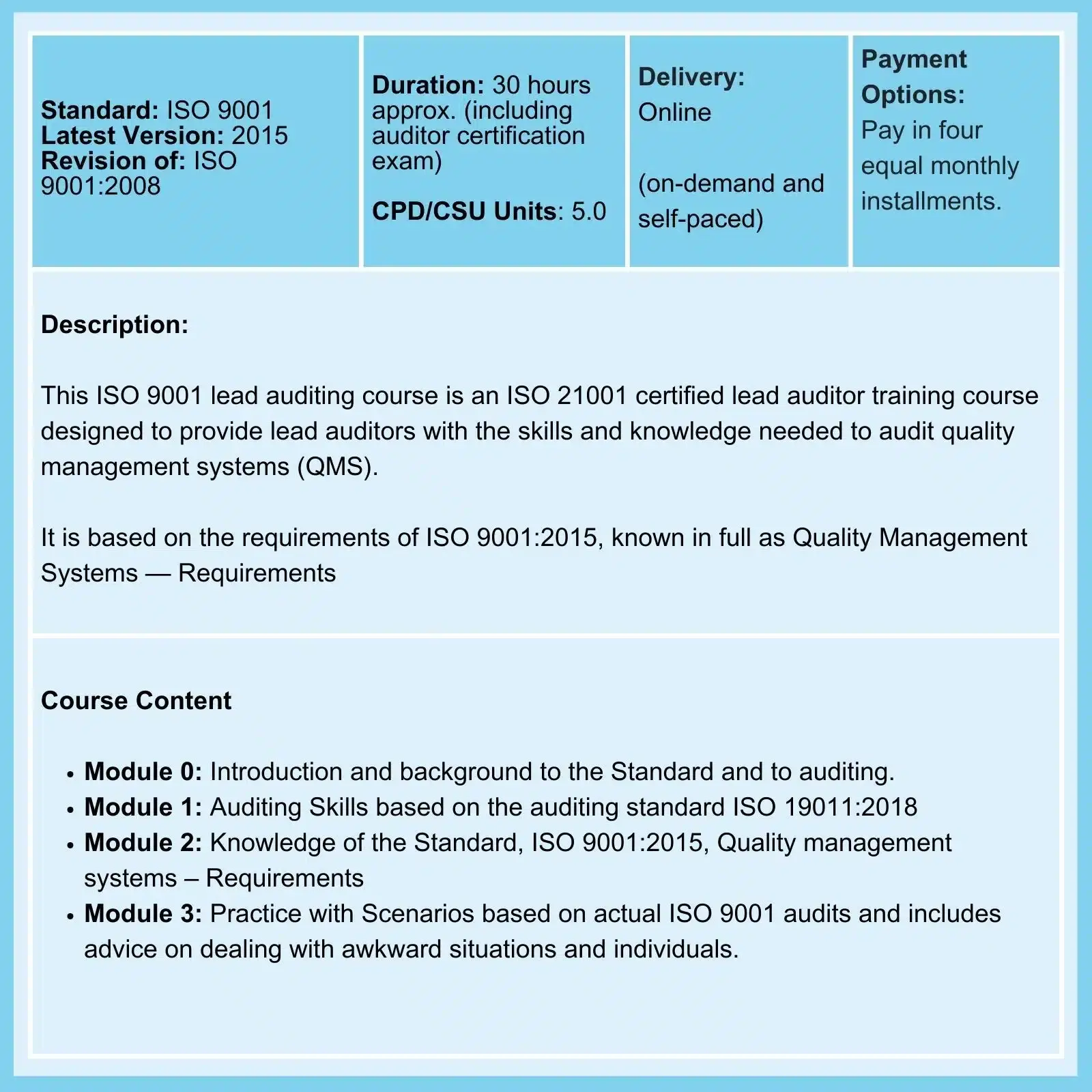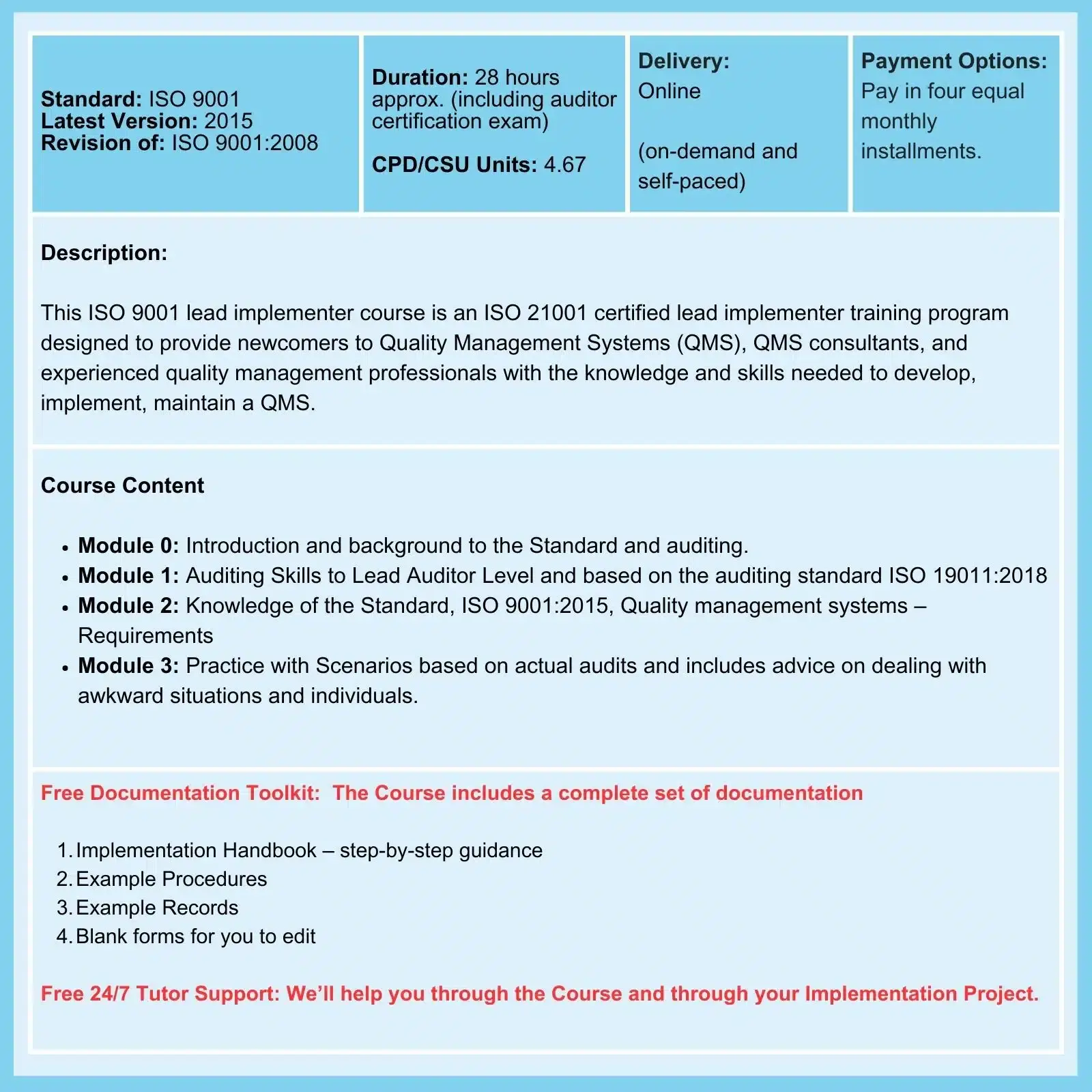Practical advice on ISO 9001:2015 Clause 10.3
The organization itself determines the rate, extent, and timescale of actions that support continual improvement. Quality Management System (QMS) performance can be enhanced by applying an improvement to the quality management system as a whole or improving one or more of its elements. Your ISO 9001 Implementation Project offers a real opportunity to take advantage of Continual Improvement.
NOTE: The advice given here also applies to ISO 14001, ISO 27001, ISO 45001, and other standards having the same HLS structure as ISO 9001.
DOs:
How to Implement ISO 9001, Clause 10.3: Continual Improvement...
- Do develop a QMS Improvement Plan. You can do this with the aid and support of top management.
- Do present the suggested improvements to the Management Review Meeting. Here, decisions can quickly be made regarding the choice and priority of the improvement projects and the allocation of resources against them.
- Do aim for an approved improvement plan with adequate resources. Make sure this is in line with QMS Policy and integrated (usually) with Quality Objectives.
A QMS Improvement Plan Outline Sample
The following example shows the outline of an improvement action plan. Such a plan might result from an internal audit and/or a management review of the QMS.
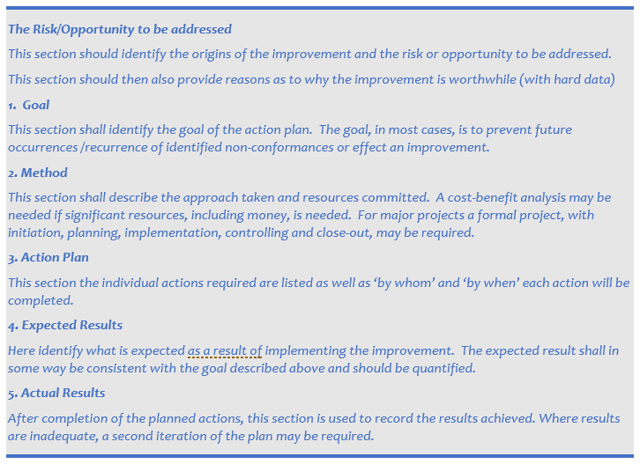
DON'Ts:
And here are the DON'Ts:
- Don't have improvement plans without measurable objectives. Without a target, how will you measure success?
- Don't have vague improvement plans. Responsibility and authority to implement and manage the improvement should be clearly defined and documented. The use of Action Programmes is recommended.
- Don't forget to consider timing and resources when crafting an improvement plan. Setting due dates during the busiest time of the year or when the key personnel or resources are unavailable makes failure almost inevitable.
Conclusion: Transform a good QMS into a great one
Continual improvement is intended to help transform a good QMS into a great one. By changing the QMS in a controlled manner, the organization can match the changing needs of customers and end-users. Too often in the past, little more than lip service has been paid to improvement.
In implementing ISO 9001:2015, ensure your organization gets all the real opportunities here. Improvements can work wonders for the bottom line. The result can be a greater appreciation by your management colleagues of what the QMS can contribute. And what you can contribute could also help your bottom line!
Related Courses
deGRANDSON Global is an ISO Certified Educational Organization
In October 2021, we secured certification to three education-related ISO Standards. We now have a university-grade management system in place, conforming to the requirements of …
We have chosen ISO 21001 certification because it is based on independent third-party assessment, unlike IRCA and Exemplar badges (which we believe are commercially compromised). It is a ‘'university grade' standard in use globally by schools, colleges, and universities to demonstrate their competence.
We provide Courses for ISO 9001, ISO 13485, ISO 14001, ISO 17025, ISO 27001, ISO 45001, Risk Management, Data Protection, and more.

